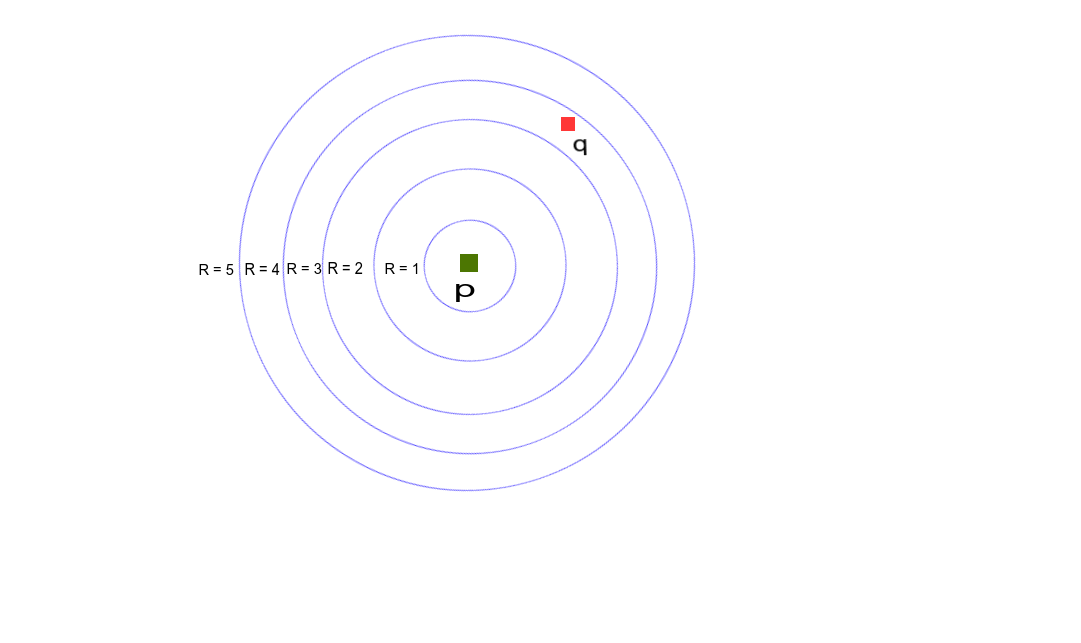Citing the E2LSH manual (it's not important that's about this specific library, this quote should be true for NN problem in general):
E 2LSH can be also used to solve the nearest neighbor problem, where, given the query q, the data structure is required the report the point in P that is closest to q. This can be done by creating several R-near neighbor data structures, for R = R1, R2, . . . Rt , where Rt should be greater than the maximum distance from any query point to its nearest neighbor. The nearest neighbor can be then recovered by querying the data structures in the increasing order of the radiae, stopping whenever the first point is found
Could someone rephrase this please? I don't this procedure to find the nearest neighbor using the R-near neighbor approach.

